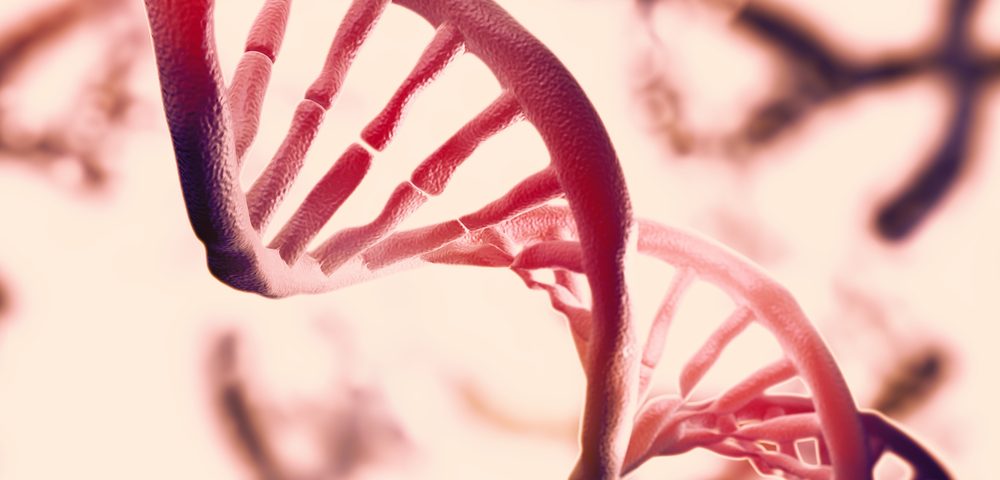Predicting a patient’s response to treatment or time to disease progression might be achieved by measuring the fraction of circulating tumor DNA (ctDNA) with mutated TP53, according to the results of a retrospective study.
The study, “Exploratory Analysis of TP53 Mutations in Circulating Tumour DNA as Biomarkers of Treatment Response for Patients with Relapsed High-Grade Serous Ovarian Carcinoma: A Retrospective Study,” was published in PLOS Medicine. It shows that the fraction of mutated TP53 in ctDNA (TP53MAF) correlates with tumor size in patients with high-grade serous ovarian carcinoma (HGSOC) and may predict each patient’s time to progression.
“These findings have strong potential for clinical utility owing to the ease of assaying DNA in plasma and the low cost and speed of ctDNA testing,” the researchers wrote, while adding that having early information on which patients will progress faster will lead physicians to choose alternative therapies that are more likely to be effective.
Currently, blood levels of the protein CA-125 are used in the clinic to predict treatment response in HGSOC patients undergoing chemotherapy. However, biomarkers that guide treatment decisions should change rapidly according to treatment responses, telling doctors if chemotherapy is ineffective after just one or two rounds of chemo. And this is not quite the case of CA-125, which takes 84 days to reflect the full extent of changes after chemotherapy.
Recently, ctDNA has emerged as a promising biomarker of disease progression in HGSOC patients. Because 99% of these patients have a mutation in the TP53 gene, measuring the amount of mutated TP53 ctDNA could provide insights not only on tumor size, but also on patients’ outcomes.
To assess this hypothesis, researchers at the Cancer Research UK Cambridge Institute measured the levels of mutated ctDNA retrospectively in 318 plasma samples collected form 40 patients before, during and after chemotherapy. Their results demonstrated that the levels of TP53MAF before chemotherapy correlated with tumor size, as assessed by CT scans, a correlation that was not seen with CA-125 protein levels.
Importantly, changes in TP53MAF levels, which could be seen only 37 days after treatment initiation, also correlated with each patient’s time to progression and response to chemotherapy; while patients with a decrease in TP53MAF levels of more than 60% responded better to chemotherapy and took longer to progress, those whose TP53MAF levels dropped by 60% or less, had poor responses and a time to progression of less than six months.
Although the findings point to a novel biomarker for HGSOC progression and response to chemotherapy researchers emphasized the study had limitations, including the retrospective design of the study, small sample size and heterogeneity of treatment. They recommended and that more studies are required to validate these findings.

